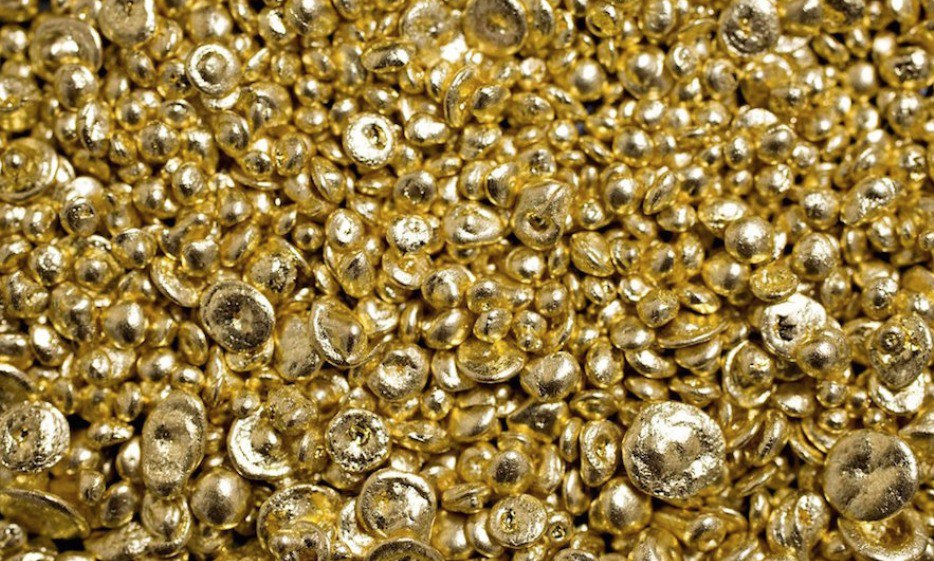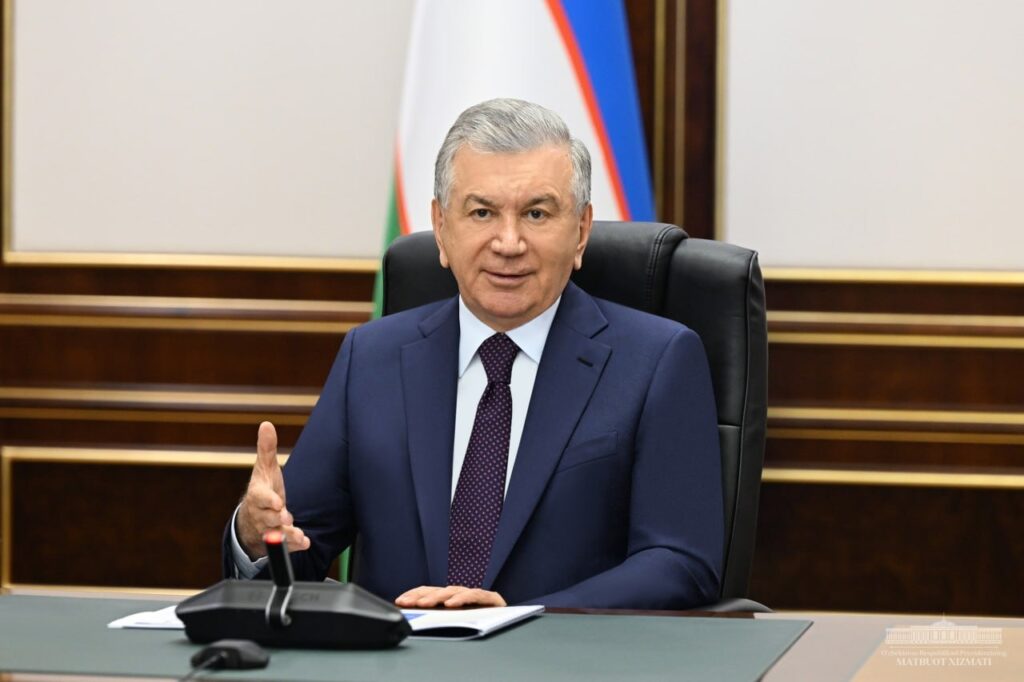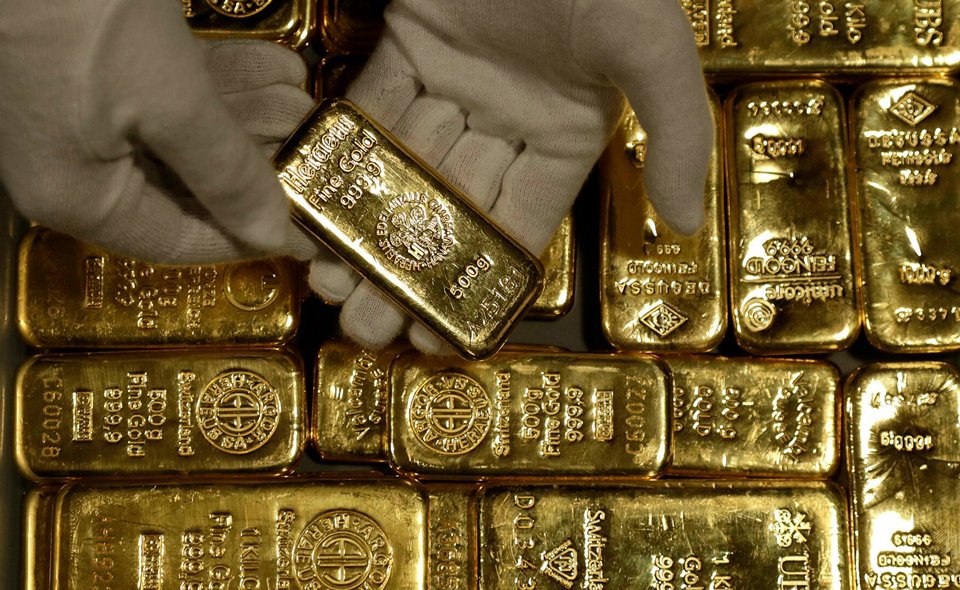Store Selling Gold Bars to Open in Kyrgyzstan
Kyrgyzstan’s state-owned gold-producing company, Kyrgyzaltyn OJSC, will open a store in Bishkek on September 5 to sell gold bars. On August 30, Kyrgyzaltyn opened a workshop for the production of gold bars in Kara-Balta, a town 100km west of Bishkek. It is Kyrgyzstan's first enterprise to produce measured gold bars, with a monthly production capacity of up to 14,000 units. The facility uses advanced technologies and modern equipment from Italy and Germany, allowing the production of souvenir coins and medals. Earlier, the mayor of Kara-Balta, Mirlan Jekshenov, told Birinchi Radio that over the next year, the enterprise plans to release up to 3,600 kilograms of gold in bars of various weights — 1, 2, 5, 10, and 20 ounces and 50-100 grams — for the domestic market. In recent years, the country's government has encouraged the population to buy gold from the National Bank, saying that it is the best way for citizens to keep their savings. According to official statistics, gold accounts for almost 39% of Kyrgyzstan’s exports; in 2023, Kyrgyzstan sold more than 20 tons of gold. Most of Kyrgyzstan’s gold is produced at the country’s largest gold mine, Kumtor. Last year the mine produced 13,567 tons of gold, with a total revenue of $848 million and a net profit of $302.5 million.






